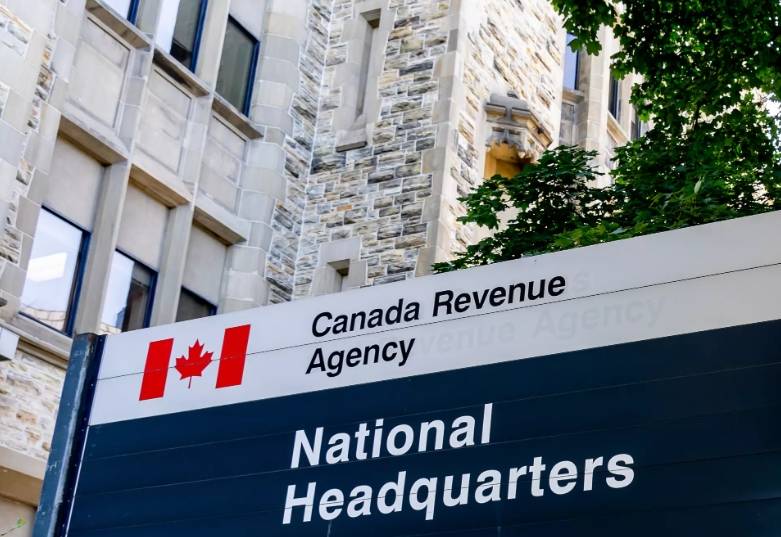The consumption recovery was primarily driven by non-essential spending: expenditures on clothing and footwear, new cars, and dining out rose 1.1%, reversing declines from the previous two months. This rebound contrasted with a meager 0.2% increase in May retail sales, highlighting the advantage of the broader Monthly Household Spending Indicator (MHSI) in capturing service-sector consumption. Covering 68% of household spending, the MHSI provides a more comprehensive basis for GDP forecasts.
Despite consumption accounting for 52% of GDP, the economy grew by only 0.2% in the first quarter, reflecting lingering long-term weakness. Combined with a significant slowdown in May inflation, markets now price in a 97% probability that the Reserve Bank of Australia (RBA) will cut rates by 25 basis points to 3.60% at next week’s meeting—marking the third cut in this cycle. Analysts note that rate cuts, coupled with improvements in real incomes, are gradually boosting consumer confidence.
Starting in July, the MHSI will officially replace the retail sales report as the core indicator for measuring household consumption.








